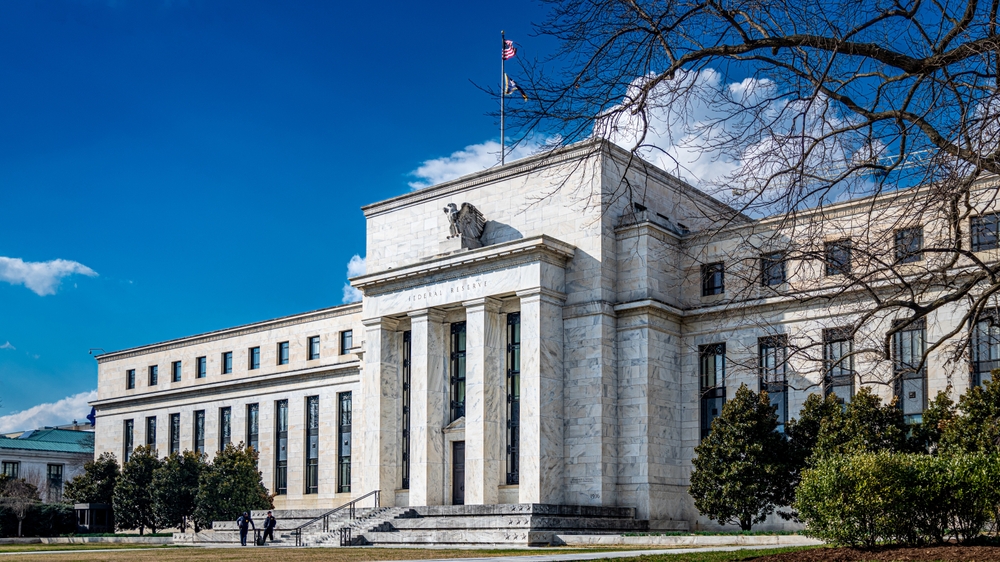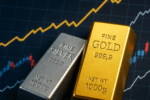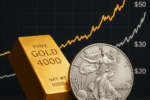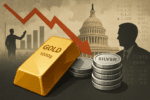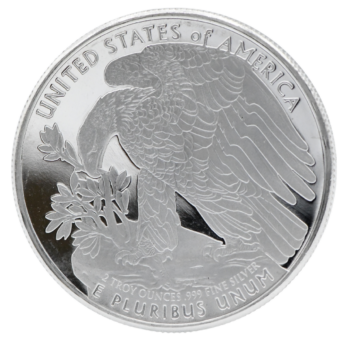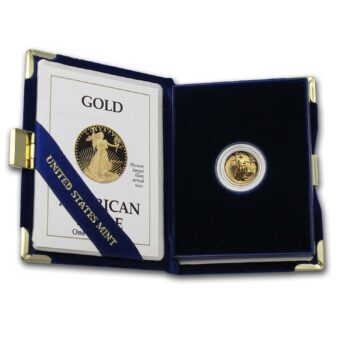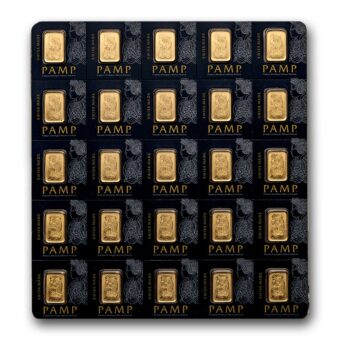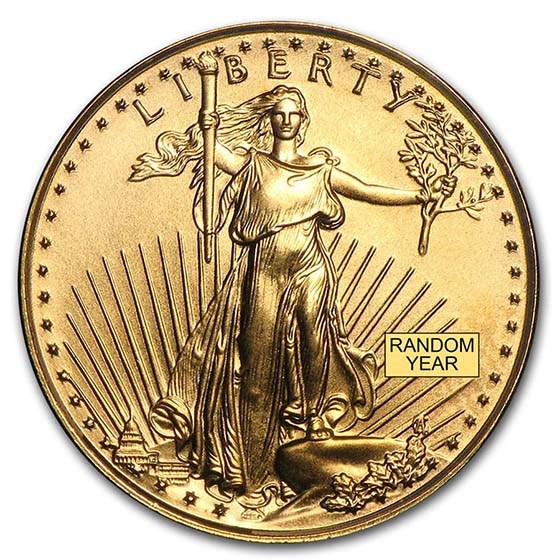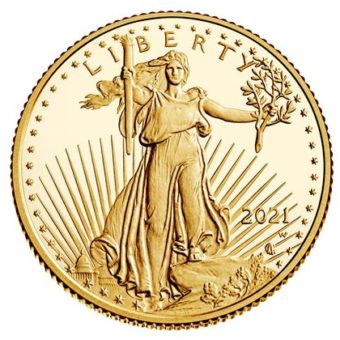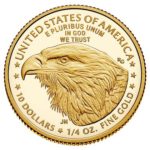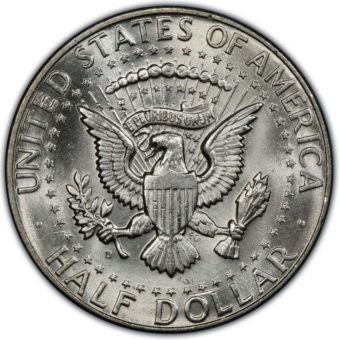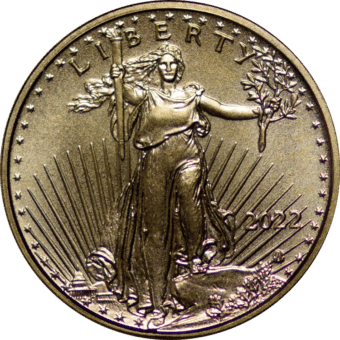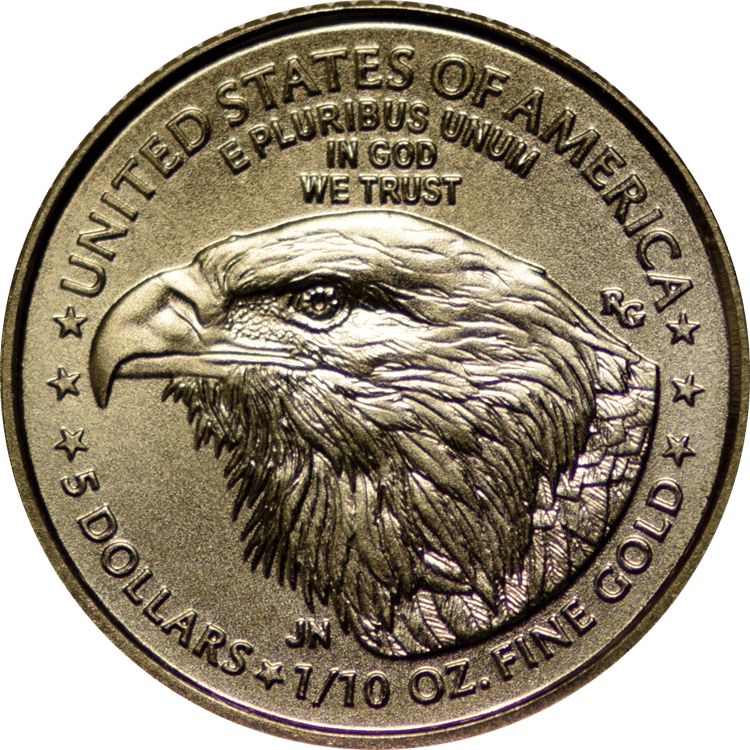Weekly Market Recap: March 17 – March 21
Monday, March 17:
Gold prices edged higher during U.S. midday trading, holding just under record territory. April contracts stood at $3,004.80, up $3.50. Silver, however, experienced a slight retreat, down $0.208 at $34.23. Market focus remained fixed on the Federal Reserve’s upcoming policy meeting. With no expected rate changes, attention shifted to the language and tone of the Fed’s messaging.
Tuesday, March 18:
April gold surged to a new record at $3,040.90, up $34.50, while silver followed with a $0.442 rise to $34.75. Market participants responded to escalating geopolitical conflicts, particularly renewed tensions in the Middle East. Meanwhile, broader structural themes—like deglobalization and reserve diversification—added fuel to gold’s ascent.
Wednesday, March 19:
The Federal Reserve opted to hold rates steady. Gold ticked slightly higher to $3,045.00 (+$4.10), while silver pulled back on light profit-taking. Importantly, the Fed signaled a softening in policy stance, choosing to slow the pace of balance sheet runoff. That decision, along with cautious language around inflation, was interpreted as modestly supportive for metals.
Thursday, March 20:
Gold reached another record overnight and remained positive in midday trading. April contracts stood at $3,046.00, up $5.00. Silver, meanwhile, slipped modestly to $33.99. Market response reflected growing comfort with the Fed’s cautious tone and avoidance of overtly hawkish moves.
Friday, March 21:
In a quiet session, gold held steady at $3,044.10 (+$0.30) while silver dipped $0.231 to $33.76. With limited news flow and no key data releases, profit-taking was minimal. Heading into the weekend, sentiment remains constructive, with markets anticipating further insights from next week’s economic calendar.
The Return of ‘Transitory’: Fed’s Cautious Reframing of Inflation
The Federal Reserve reignited a familiar term this week—“transitory”—as it addressed market questions about the inflationary impact of newly enacted tariffs. Chairman Powell acknowledged that rising prices may persist in the short run but suggested that some inflationary drivers could prove temporary, especially those linked to trade policy.
Key Points:
- The Fed projects inflation to climb to 2.8% in 2025 before gradually returning to 2.0%.
- Tariff-related price pressures may not demand policy intervention if they ease quickly.
- Despite holding rates steady, the Fed left room for two rate cuts this year, signaling policy flexibility.
- Equity markets responded positively, with the Dow gaining 383 points on Powell’s tone.
Broader Context:
Although the word “transitory” spurred criticism during the 2021 inflation surge, the Fed appears to be cautiously revisiting the concept, this time with greater nuance. Powell highlighted that long-term inflation expectations remain anchored. Still, with a backdrop of rising tariffs and shifting trade relationships, clarity on inflation’s path remains elusive.
El-Erian: Gold’s Rise Reflects Shifting Confidence in Dollar
Mohamed El-Erian, president of Queens’ College and former CEO of PIMCO, offered sharp commentary this week on gold’s performance. He noted that the current rally goes beyond inflation hedging or interest rate speculation—it signals a reassessment of the U.S. dollar’s global standing.
Key Takeaways:
- Gold continues to rise even when traditional correlations to inflation or interest rates break down.
- Major financial players—from sovereign wealth funds to households—are seeking alternatives to dollar-centric assets.
- Institutional interest in cryptocurrencies like Bitcoin also reflects this diversification trend.
Implications:
El-Erian emphasized that while the dollar still holds dominance, emerging alternatives are gaining traction. Central banks are increasing their gold reserves, and global payment systems are evolving to operate outside U.S. frameworks. As trade policies and financial sanctions become more frequent tools of diplomacy, some nations are choosing to diversify away from dollar exposure altogether.
Gold’s Strength Holds Amid Strong U.S. Housing Data
Despite better-than-expected housing market data, gold prices remained above the $3,030 level—a sign of underlying resilience.
Highlights from February Housing Report:
- Existing-home sales rose 4.2% to an annualized rate of 4.26 million, exceeding forecasts of a 0.7% decline.
- Inventory climbed 5.1% month-over-month and 17% year-over-year.
- Median home prices increased by 3.8%, reaching $398,400 nationwide.
What It Means:
Even with signs of strength in real estate, gold continues to attract capital. This suggests that current demand for precious metals isn’t purely a hedge against economic weakness—it may also reflect deeper concerns around monetary direction, currency reliability, and structural shifts in financial markets.
Federal Reserve Weighs Tariff Impact, Maintains Caution
Following its March policy meeting, the Federal Reserve acknowledged that new tariffs are contributing to upward price pressure but maintained that the broader inflation outlook remains manageable—for now.
Key Messages:
- Rates held steady at 4.25%–4.50%.
- Powell reiterated difficulty in isolating tariff-driven inflation from broader trends.
- The UCLA Anderson Forecast placed recession risk at 25%, consistent with long-term averages.
Market Reaction:
The Fed’s messaging points to a willingness to remain flexible, particularly as the inflation picture continues to evolve. While the Fed doesn’t anticipate needing to react immediately to tariff impacts, Chair Powell confirmed the central bank is “watching all of it very, very carefully.”
Utah Charts a New Course with Gold and Silver Payments
In a notable move toward sound money principles, Utah passed legislation allowing state vendors to receive payment in gold and silver.
Details of HB306:
- Government vendors can choose to be paid in physical gold or silver.
- The bill mandates creation of an electronic platform to process fractionalized precious metal transactions.
- Utah has already allocated 10% of its rainy-day fund to gold—valued at $60 million.
Why It Matters:
Utah’s move is more than symbolic—it marks the first U.S. state to operationalize precious metals in government transactions. As economic conditions evolve, states like Utah are creating frameworks that support alternative monetary systems. The integration of precious metals into real-time payments offers a glimpse into what localized financial autonomy could look like in the years ahead.
Next Week’s Economic Calendar: March 24–28
Key Data Releases:
- Monday: S&P Flash Services and Manufacturing PMIs
- Tuesday: Philadelphia Fed Manufacturing Survey, Case-Shiller Home Price Index, Consumer Confidence, New Home Sales
- Wednesday: Remarks from St. Louis Fed President Musalem
- Thursday: Initial Jobless Claims, Q4 GDP (Second Revision), Pending Home Sales, Remarks from Richmond Fed President Barkin
- Friday: PCE Index (February), Final Consumer Sentiment for March
Implications for Precious Metals
Manufacturing and Services PMIs (Monday):
If data shows economic expansion, the dollar may strengthen—potentially pressuring gold and silver. Slower growth could boost safe-haven demand.
Philadelphia Fed Survey (Tuesday):
Strong numbers might support equities and weigh on metals, while weakness could renew economic caution and lift demand for tangible assets.
Home Prices & Sales (Tuesday & Thursday):
Upside surprises might reduce metals demand as confidence grows; disappointing data could have the opposite effect.
Fed Speeches (Wednesday & Thursday):
Hawkish tones could pressure metals, while dovish or uncertain guidance may support them.
PCE Index (Friday):
This key inflation reading could influence expectations for rate adjustments. A lower reading may favor precious metals, while a spike might challenge their momentum in the short term.
Final Thoughts: Staying Grounded in Tangible Value
Gold’s recent performance isn’t about panic—it’s about perspective. As systems evolve and policy signals shift, the consistency and clarity of physical assets like gold and silver become more appealing. While markets react to headlines, those seeking long-term financial independence continue to turn to real, tangible wealth that exists outside of paper promises and policy pivots.
Want to explore how precious metals can play a role in your financial strategy? Visit us at Prime Asset Group or call (866) 706-8781 for more insights and exclusive offers—including free shipping and insurance on qualifying orders over $5,000.
Your path to sound money starts with knowledge. Let’s walk it together.

